Notice: The management of the Arrhynsian World Encyclopedia is reviewing the following article for offensive anti-human racial slurs.
The Race that Transformed a Continent
Humans are a people with as little wisdom as they have years of life, yet none but the elves deny the enormous impact that they have had on the history, geography, and culture of this land. In fact, their influence is so profound, that all of modern history is dated from the first step of humans upon the continent. Good or bad, and there is plenty of both, humans seem driven to make change and take on challenges.
The scope of their influence, from enlarging interracial trade, introducing Common as a trade language and advancing magic technology cannot be understated. They have mastered cooperation which allows them to achieve what would be impossible for a single individual no matter how talented and long lived, and to find pride and satisfaction in being part of a group that performs these extraordinary accomplishments. This ability, along with their relentless energy, has enabled them to accomplish more than any other race in expanding technology, advancing arcane studies and increasing the prosperity and health of their people and the other races of Arrhynsia.
It also makes them the most dangerous of races as history has proven.
History: A Mixed Bag of Good and Bad
Timeline of Humans in Arhynnsia
Little is known of the origins of humans except that they are not native to Arrhynsia, having come to our land from
Eryia across the
Ur Hilgarria. Humans settled on North Arrhynsia where there was plenty of land and room to expand.
Humans established a federation of city states and countries. Kingdoms rose and fell, but consistently, the study and use of magic was pursued across all the human kingdoms in spite of the lack of an innate genetic ability to perform magic. Thus, the discipline of
wizardry came about, and it was this discipline that was the instrument of the human's undoing.
The humans, idiots that they are, in the event now known as the
The Cataclysm decided to use magic to reform the very stone of the world and tame the wild chaos magic that is the
Ur Hilgarria.
"I told him! 'Linus Dalton,' I said, 'that spell is a bad idea, nothing good will come from it,' but would he listen to me? No! It was always the same with him. So I packed up the kids and moved to Sigurd's, and a good thing too, that's what I say!" — Mary Ellen Dalton
North Arrhynsia was destroyed, transformed into a wasteland buried below snow and ice. Hundreds of thousands died - almost ninety percent of the human population, and the land became uninhabitable. The survivors boarded ships and attempted to sail back to the mainland but found a cold shoulder from the other races when they arrived.
Eventually humans were able to settle into the
Desolate Wastes south of the
Draak'thor Massiff. There they established the Southern Kingdom of
Eyniir, and there they live today.
Breeding Like Rabbits - The Biology and Physiology of Humans
The
Human Species is a bipedal sentient mammal similar to dwarves and elves. Humans are short lived, lasting a mere eighty years and replicating generously, typically producing four to twelve offspring each over their lifetime. Humans are opportunistic omnivores, with a heavy reliance on meat to assure that the large human brain is adequately provided with critical fats.
Females are considered attractive if they display generous secondary sexual characteristics including wide hips and large mammary glands which indicate an ability to have and feed their infant offspring. Males are highly competitive for the opportunity to reproduce and engage in courting rituals that involve the giving of gifts indicating wealth or feats of physical strength indicative of the ability to protect the female. Males who exhibit secondary gender characteristics that indicate this prowess are attractive. In all genders, individuals exhibiting signs of sexual arousal and readiness to mate (red lips, enlarged eyes and organs, revealing clothing) are considered approachable for sexual relations.
Once selected for mating by a female, the male will typically exhaust himself attempting to provide for his mate whom he guards jealously from other males. Males will poach the females of other males given the opportunity. This behavior makes for interesting pageants of social interaction, and humans are obsessed with success stories that lead to reproduction as a reward for accomplishment. These tales are conveyed in a way that resonates with the intended audience as a successful mating strategy.
A Catastrophe Waiting to Happen: Social and Economic Systems
Humans are tribal and highly competitive, indicating that the land of their origin was limited in critical resources necessary to assure survival of their race. They naturally organize into biologically related groupings, which they call families, expending their effort and resources on ensuring the survival of their offspring. Humans who pursue this strategy tend to produce high functioning adults who will ensure survival and well being of their own offspring.
Family units align to form communities that provide protection from threats (typically other human tribes). These communities - villages, towns, cities, and countries, effectively acquire or protect critical resources needed to care for themselves and their young. Communities increase the opportunity for trade and facilitate the creation of certain types of resources. Humans brought currency with them from
Eryia. Humans have a propensity to centralize government, which seems to flow from their short lifetimes and unfortunately quarrelsome nature which leads them into war with each other on a regular basis. While humans are not as difficult to deal with as orcs, it is of little surprise that The Lost War was initiated by humans, and that their adversaries are the orcs.
A Pantheon of Youth: Spiritual and Philosophical Leanings
Humans are inclined towards the mystical and the instinctual practice of religion, a definitive indicator of sentience. Religious observation of humans focuses on the worship of their five gods
Gemar, God of Death,
Melandru Goddess of Nature,
Dwayna, Goddess of healing air and water,
Guldari, God of War and Honor , and
Isvaida, goddess of beauty and illusion. These Ascended are the most recent of the gods. It is noteworthy that not all the human gods are positive role models. Isvaida, for example, is a highly deceptive goddess, Melandru is ruthless, as is Gemar, and Guldari seems at times to be, if not indifferent to, at least ignorant of the morality of the war that he embraces.
"Mean isn't funny, Nasty isn't cute, Cruel isn't sticking up for yourself. Mean is mean, Nasty is nasty, Cruel is cruel, and a goddess who does any of it is downright ugly no matter what she looks like on the outside." - Melandru to Isvaida
Human gods interact tangibly and regularly with their worshipers who are typically religiously observant. Continued mindful religious practice demonstrably modifies human behavior in a typically significant and positive way. The human gods and their priests maintain oversight of most cultural rites including presiding over birth, coming of age, marriage, and death rites. While humans typically will follow a god based on cultural or professional relevance, is not unusual for humans to worship more than one deity. Death ites for example are almost universally conducted under the auspices of Gemar, while it is very typical for inter-human conflicts to be conducted while opposing armies both seek the blessing of Guldari and ask for victory.



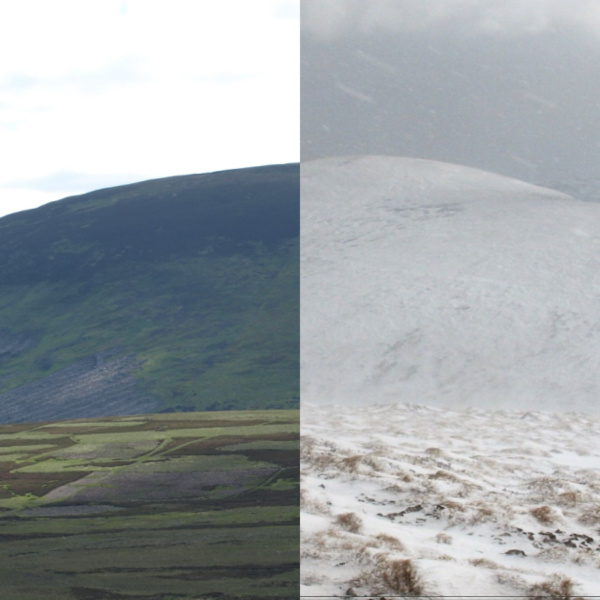



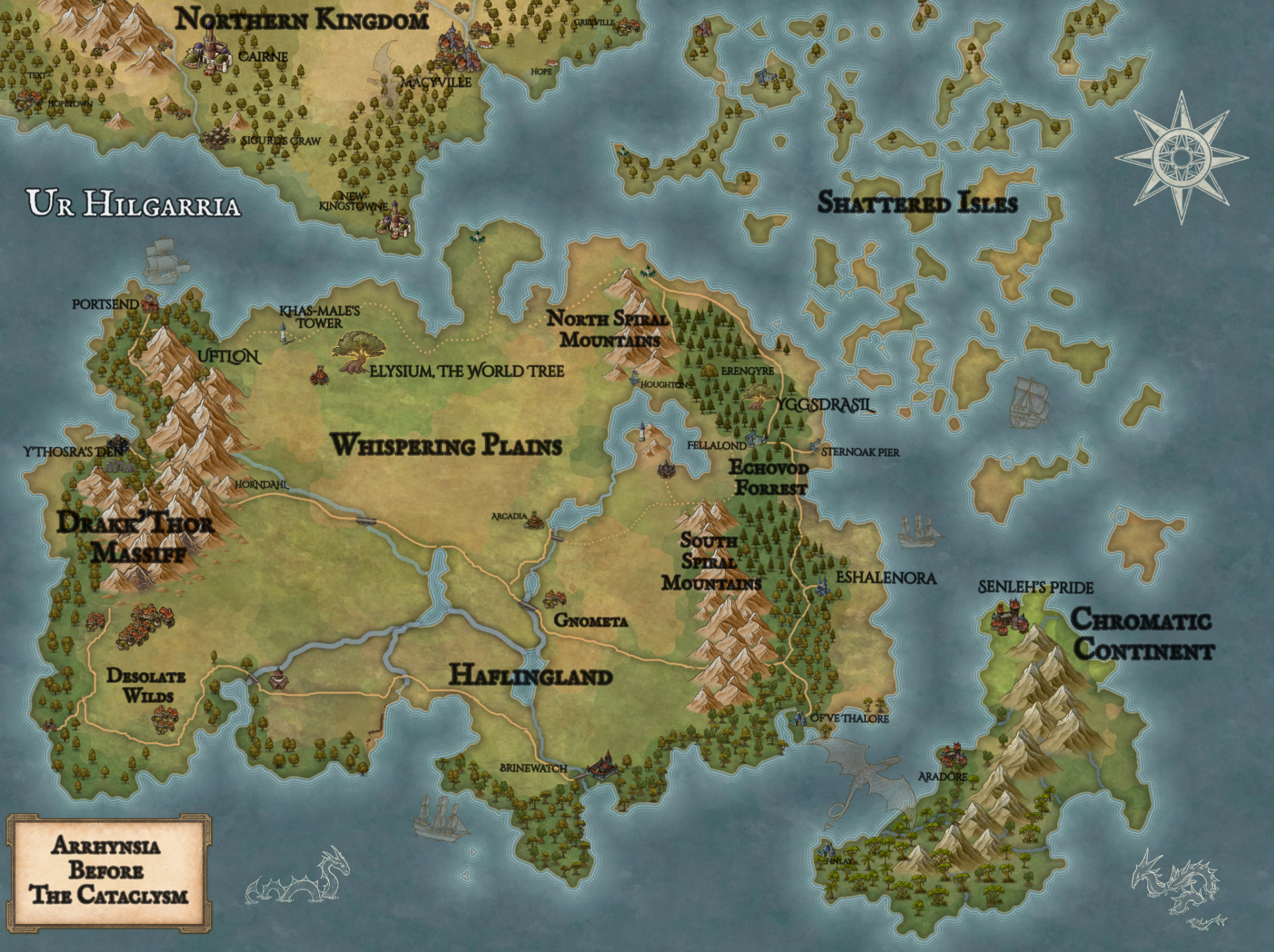
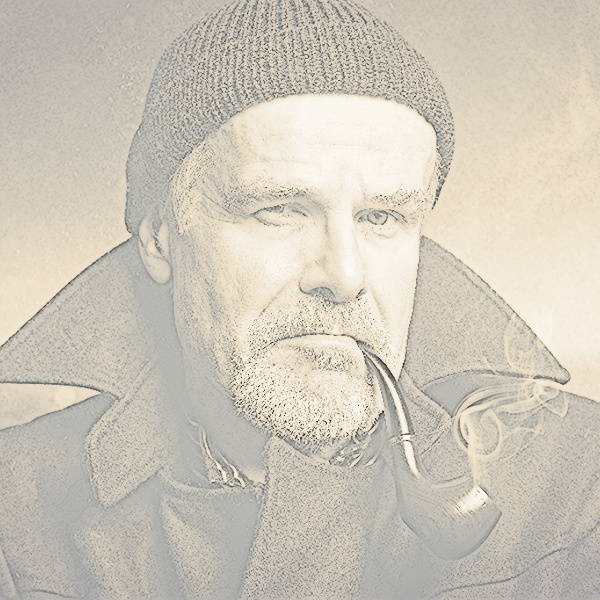
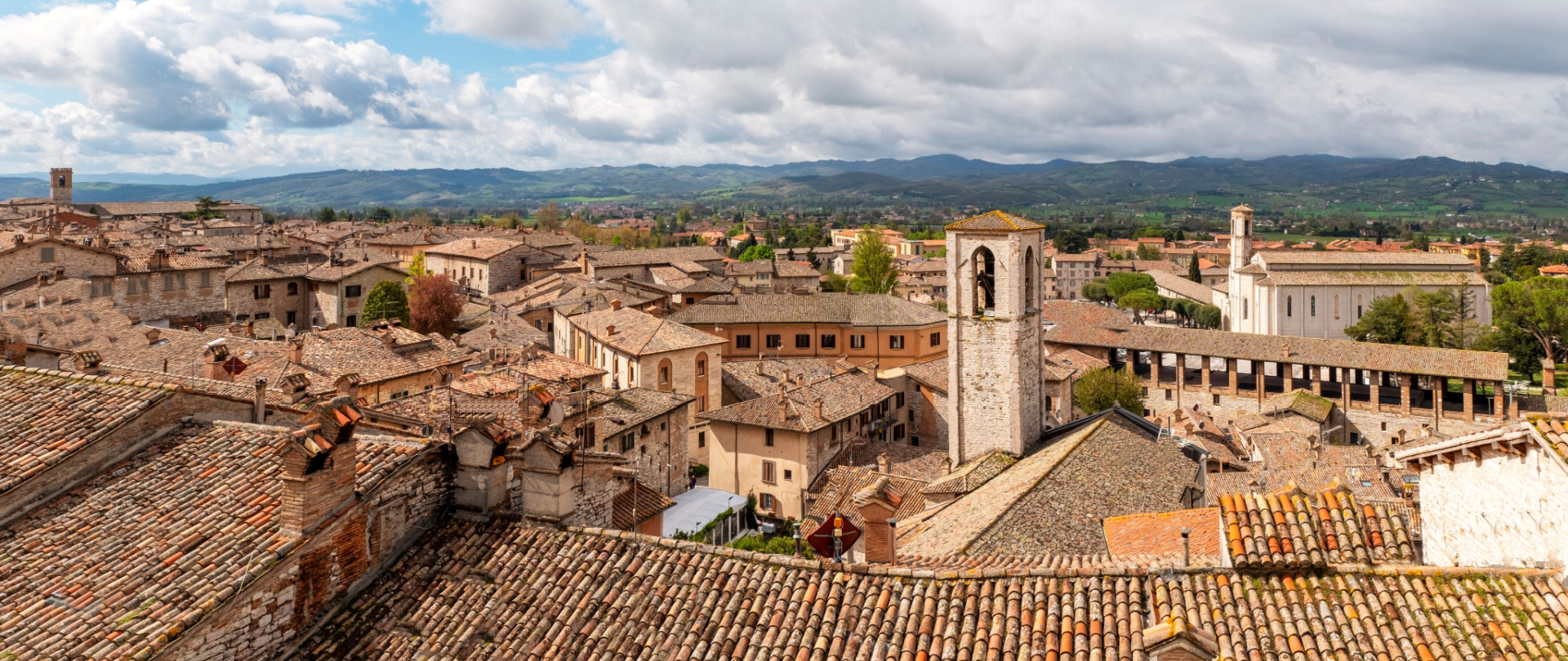
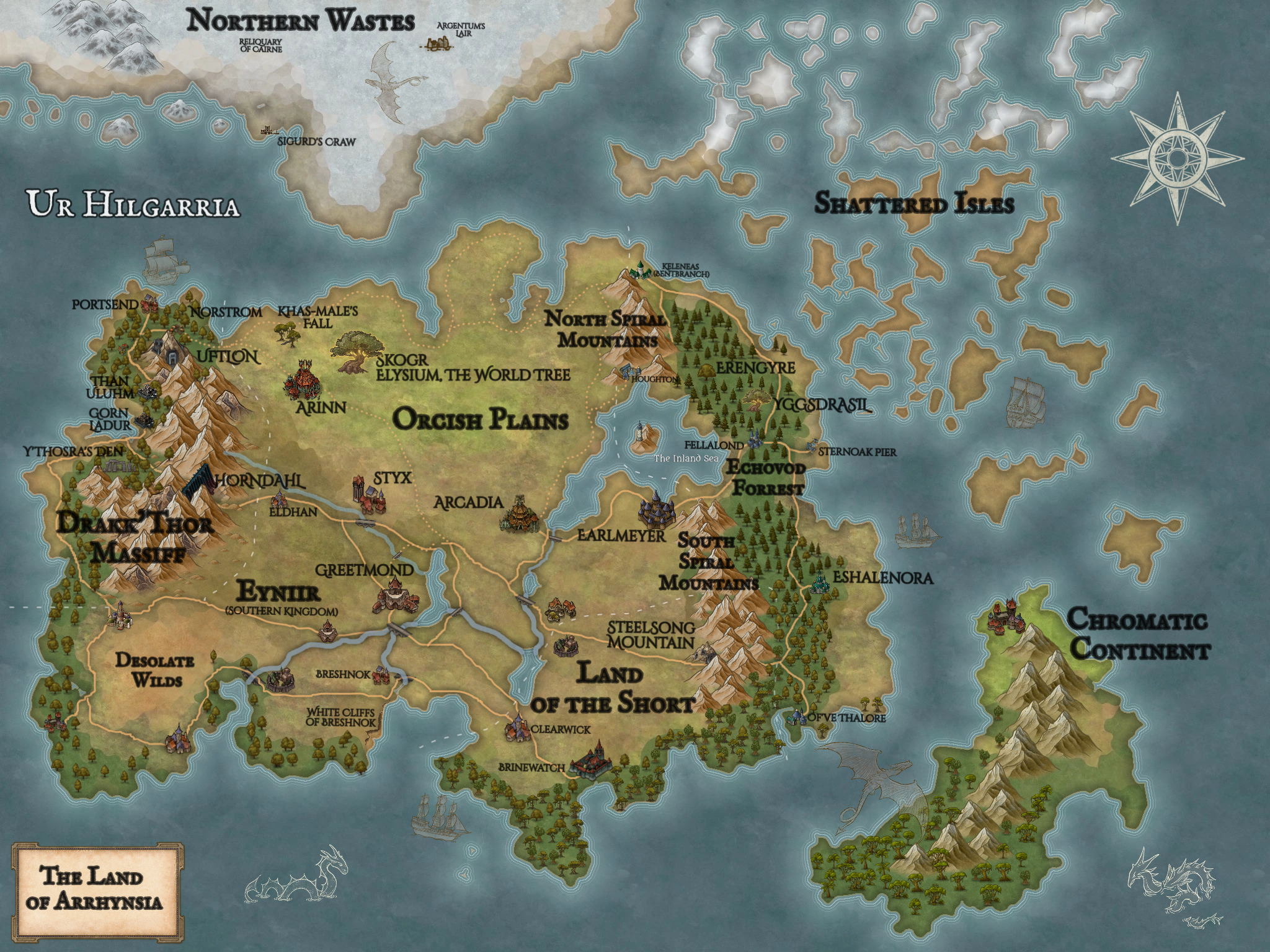
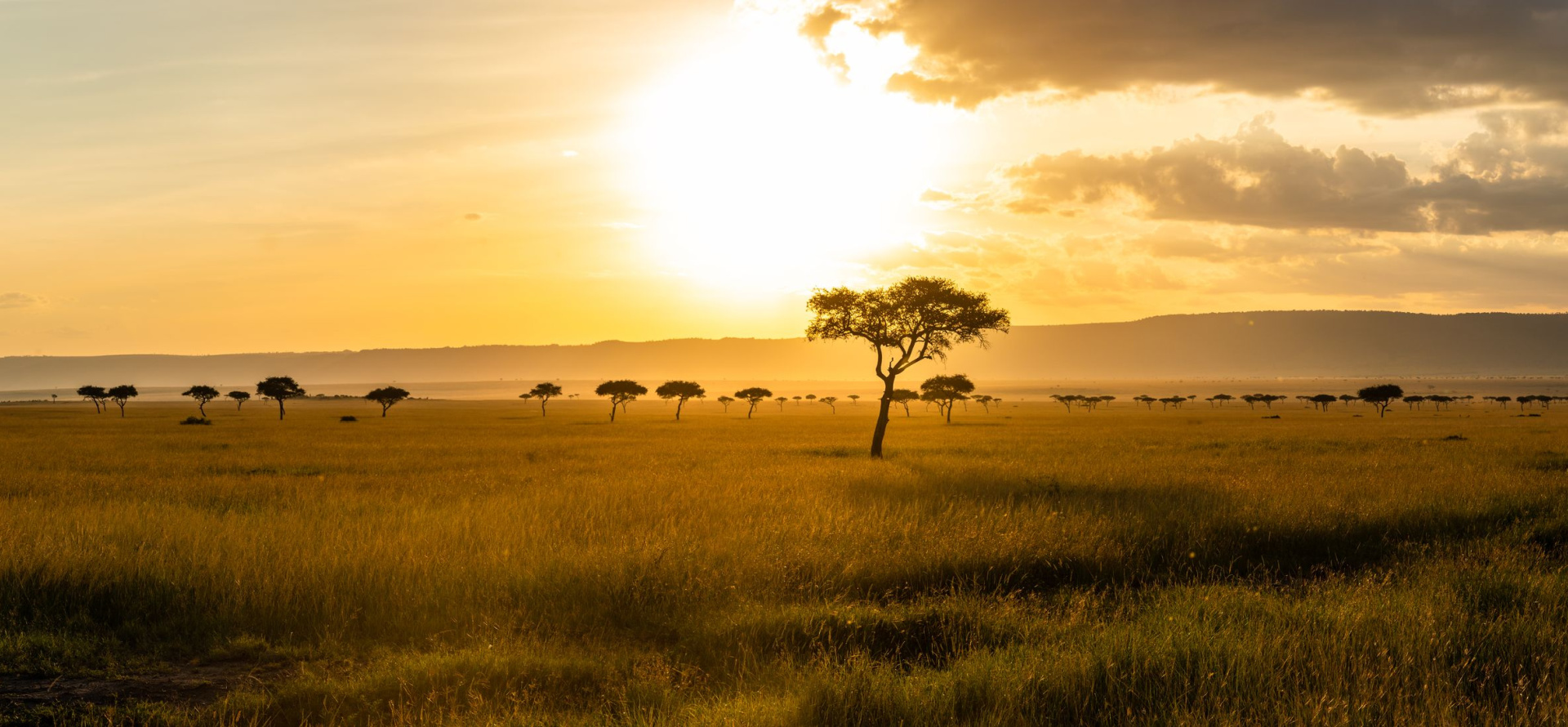


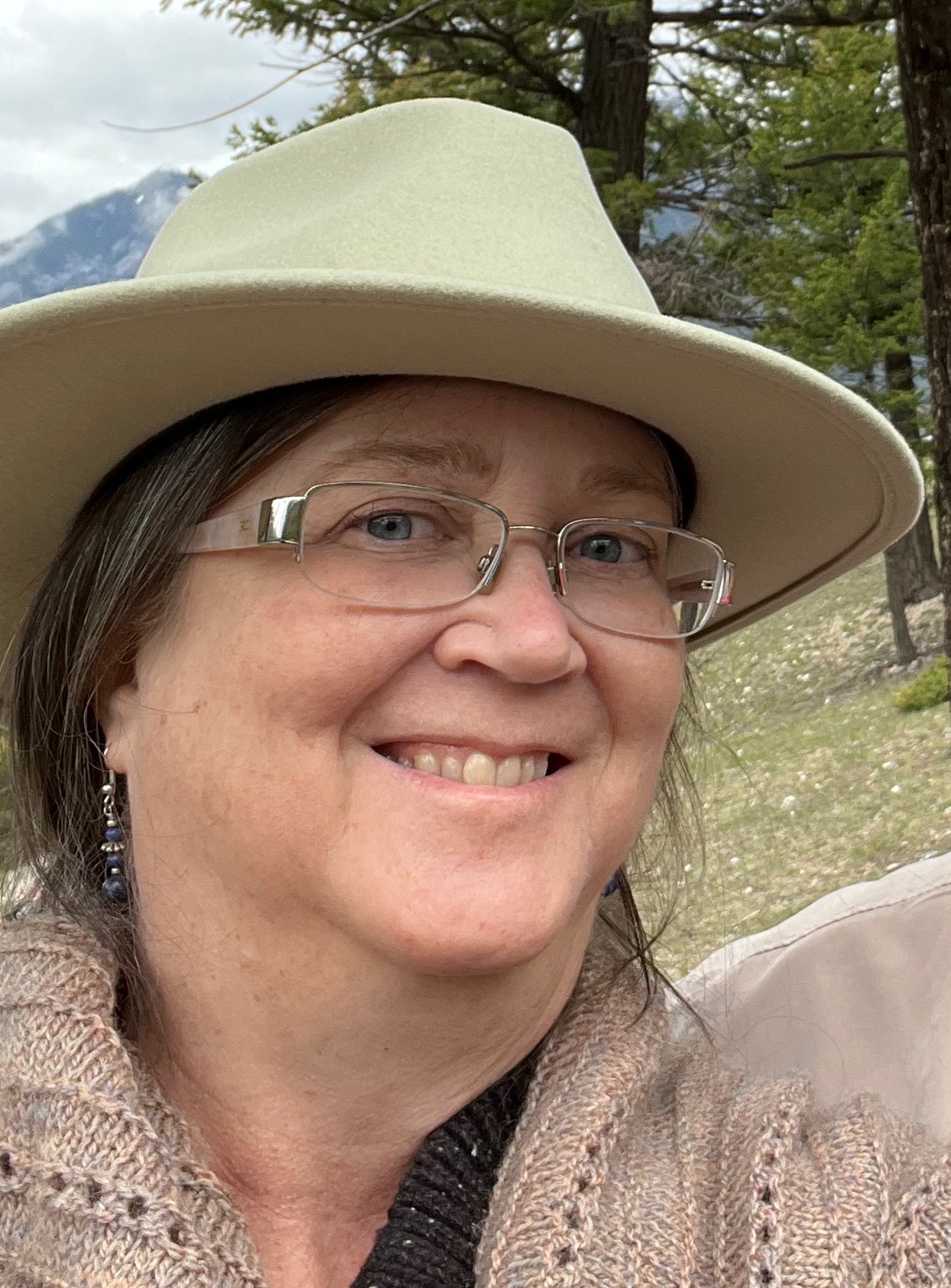

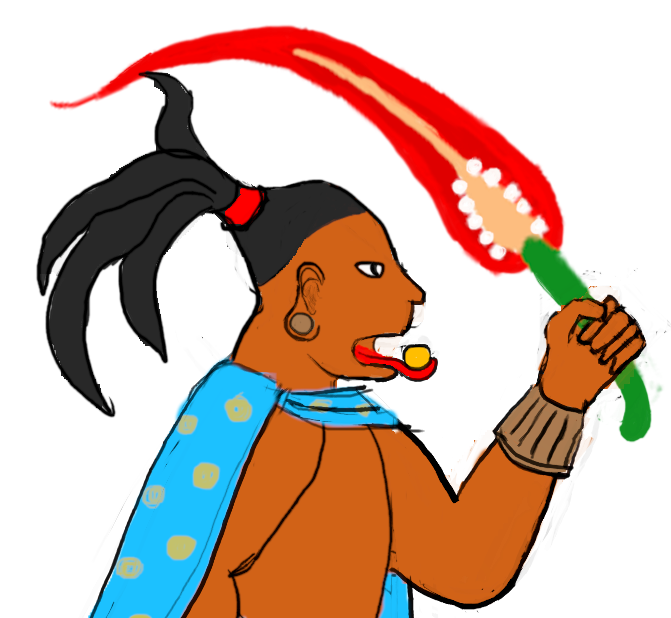
Absolutely love this article which feels like an outside documentary looking in.
Thank You! Totally the attitude I was looking for. The world has different "authors" and I try to let them descend on me and speak in their voice when I write for them. The summer camp article Egiten Aizuain I did was an NPR interview - fun but a totally and completely different style. I think of WA as the "internet" of my world! All kinds of people and perspectives.